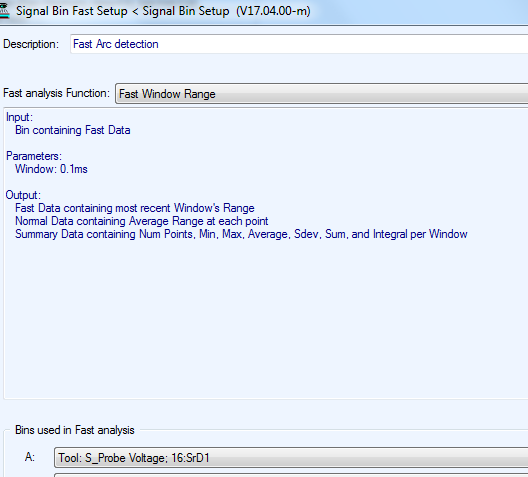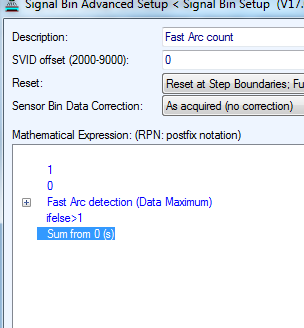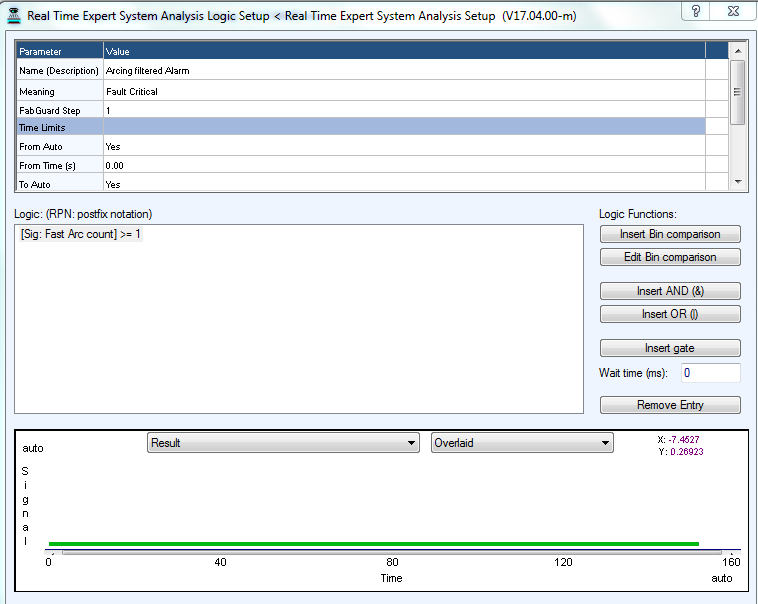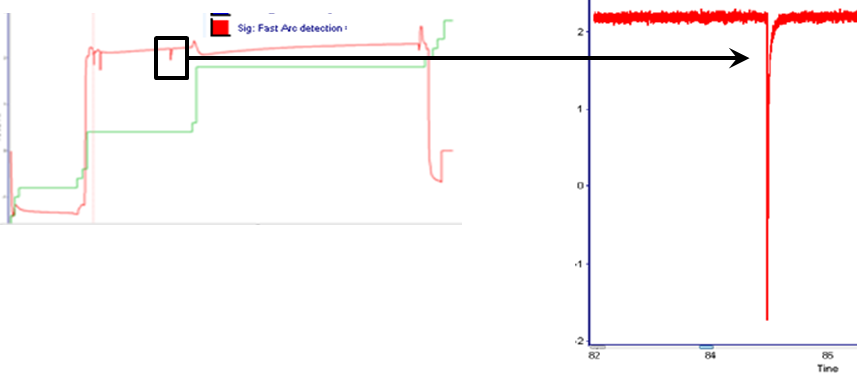October 2017
SPC Effectiveness Metric: Are FabGuard Reports Working Correctly? »
Automatically Track Lot Processing Times for Industrial Engineering »
Automatically Calibrate Transpector® CPM RGA »
Modbus® TCP Connectivity in FabGuard »
Arc Detection using S-Probe Sensors on 200 mm High Density Plasma (HDP) Chambers »
Arc Detection using S-Probe Sensors on 200 mm High Density Plasma (HDP) Chambers
Background
The industry standard HDP chamber has three RF sources: top, side, and bias. Arcing is a significant issue that results in catastrophic scrap of product when it occurs. Detection is difficult and requires a third party sensor combined with high speed data collection capability. For this application, a third party S-Probe combined with FabGuard® high speed data collection (up to 250 KHz) was used to detect transient arc events and halt chamber processing after a single affected wafer.
S-Probe Description
The third party S-Probe is an in-situ chamber surface Langmuir probe selected specifically for measuring plasma stability and arc detection in semiconductor plasma environments. The S-Probe is not powered and mounts flush to the HDP chamber wall to minimize process interaction.
Additional S-Probe Connection Components
Computer that can handle high speed data with:
- Installed National Instruments™ board 6123
- FabGuard IPM installed and integrated to process tool
- The BNC exit from the S-Probe connects to a National Instruments BNC-2110 breakout box (4 sensor maximum connection).
S-Probe Signal Setup in the FabGuard Recipe
1. Inside of the FabGuard recipe, a Tool Bin is created to collect the S-Probe signal from the National Instruments board, Figure 1.

Figure 1: Tool Bin setup for S-Probe signal from National Instruments board.
2. Create a Fast Signal Bin (Window Range), Figure 2.
- The Fast Window Range signal determines the range (maximum - minimum) of the fast data within consecutive windows in time.
- The Fast Window Range signal is long enough to capture the main change caused by an arc, but short enough that it does not capture slower variations due to other causes, such as ramps, oscillations, etc.

Figure 2: Fast Window Range Signal Bin setup. |

Figure 3: Arc count Signal Bin setup. |
3. Create a non-fast Signal Bin that will count arcs, Figure 3.
- If the maximum of the fast window range signal is above 1, then there is an arc.
4. Create a Real Time Expert System analysis to generate a fault when the arc count is greater than 1, Figure 4. Conditional saving may be setup to save high speed run data to disk only when a fault for arc count occurs.

Figure 4: Real Time Expert System Analysis setup. |

Figure 5: Detail of arc event data. |
Typical Signal from the S-Probe sensor
Figure 5 shows the arc signal in the summary data space followed by the arc signal with all fast data points plotted.
Summary
This arc detection application using FabGuard high speed data analysis is able to detect an arc event within a chamber and halt chamber processing after a single affected wafer.